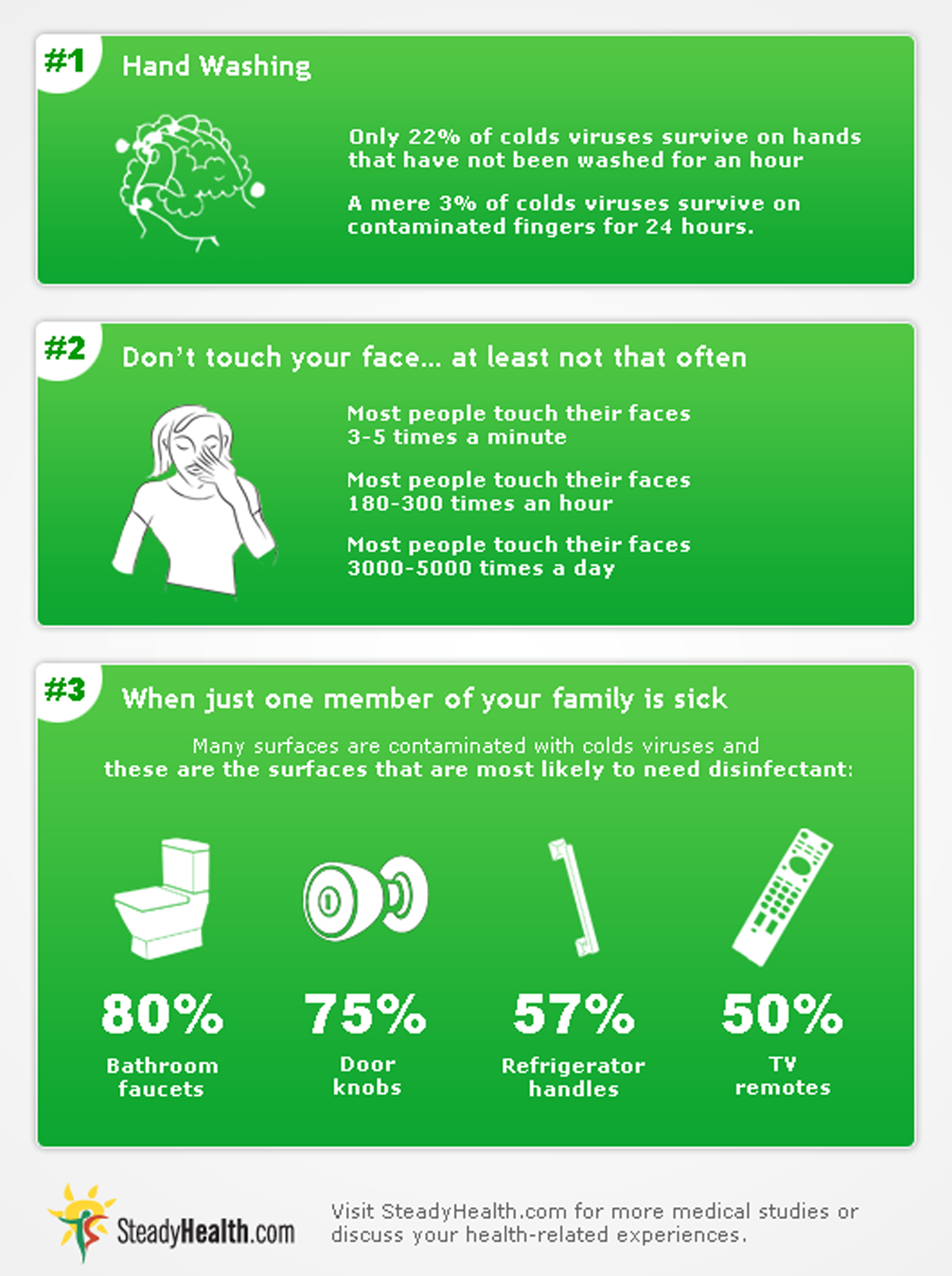Table of Contents
Do you know someone who just never seems to come down with a cold or flu? The secrets of staying healthy all winter long are not that hard to understand, although you may have to make some changes in your lifestyle to avoid winter flu and colds.
Hand Washing
During cold and flu season, clean hands are everything.
People who are careful to wash their hands multiple times during the day may reduce their risk of influenza by up to 18 percent. You can either wash your hands frequently during the day or avoid touching your face with your hands to reduce your risk of catching an upper respiratory infection.
Since it is easier to wash your hands than it is to make sure you never, ever touch your face with unwashed hands, most people get better results from simply washing their hands more often — which should include handwashing after spending time in public spaces during cold and flu season.

Even if you don't wash your hands, however, the longer you can go without touching your face, the less likely it is you will come down with an infection. Only 22 percent of cold viruses survive on hands that have not been washed for an hour, and a mere three percent of cold-causing viruses can live on contaminated fingers for 24 hours. If you can go a full hour without touching your face after touching a contaminated door knob, TV remote, or household surface, you may not come down with anything. The problem is that most people touch their faces several times a minute.
If you can't wash right after you know you have had contact with a contaminated surface, at least make an effort to avoid touching your face, especially your nose or eyes. Medical researchers at the University of Virginia in the USA found that many surfaces are contaminated with cold viruses when just one member of the household catches a cold, including 75 percent of door knobs, 57 percent of refrigerator handles, 50 percent of TV remotes, and 80 percent of bathroom faucets. These are the surfaces that are most likely to need disinfectant.
Flu viruses are more persistent than cold viruses. Even eight hours after someone with a flu sneezes on most household surfaces, 100 percent of the viruses are still capable of causing infection. Droplets of saliva or mucus from a flu-infected person can survive up to 24 hours on latex or rubber gloves.
Sleep
With just a brief search on the internet, you can find references to insomnia as a contributing cause of diabetes, high blood pressure, depression, anxiety, and even cancer. It should not come as a surprise that lack of sleep is also a contributing factor for colds and flu.In 2009, scientists at Carnegie-Mellon University in Pittsburgh found that getting any less than seven uninterrupted hours of sleep every night tripled the risk of catching a cold. If you have trouble falling asleep during the winter months, try resetting your biological clock by getting one to two hours of bright light (either outdoors or from a lamp) every morning. Blue-enriched light during the day is helpful for resetting your internal clock so you fall asleep sooner at night, but uninterrupted sleep requires a room with no light at all.
No study has found that getting more rest will necessarily stop you from catching a flu. Getting more rest once you have come down with symptoms of the flu, however, significantly accelerates recovery.
Continue reading after recommendations
- Sakaguchi H, Wada K, Kajioka J, Watanabe M, Nakano R, Hirose T, Ohta H, Aizawa Y. Maintenance of influenza virus infectivity on the surfaces of personal protective equipment and clothing used in healthcare settings. Environ Health Prev Med. 2010 Nov
- 15(6):344-9. Epub 2010 May 12.
- Photo courtesy of scream101 on Flickr: www.flickr.com/photos/scream101/2346203472/

